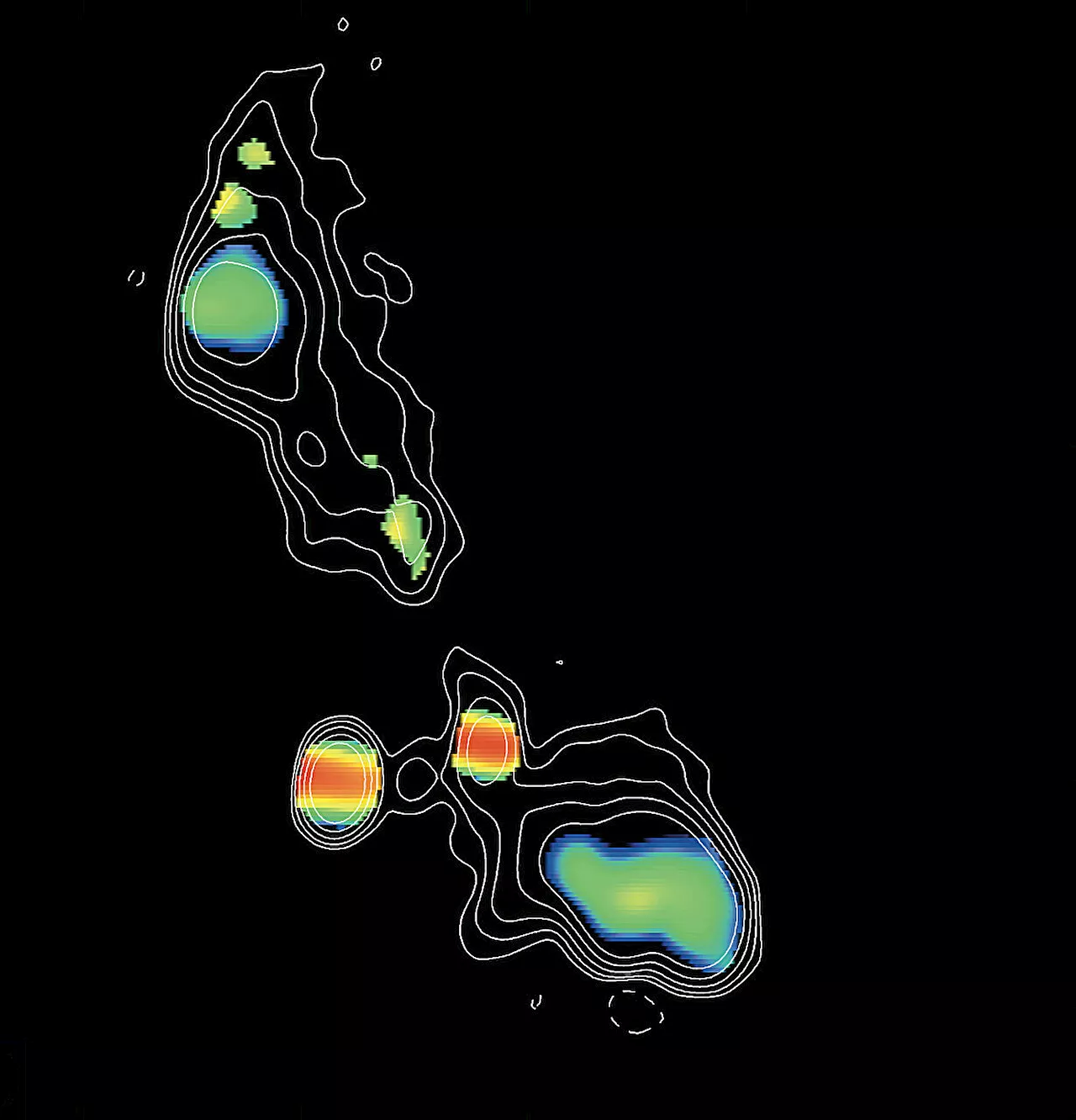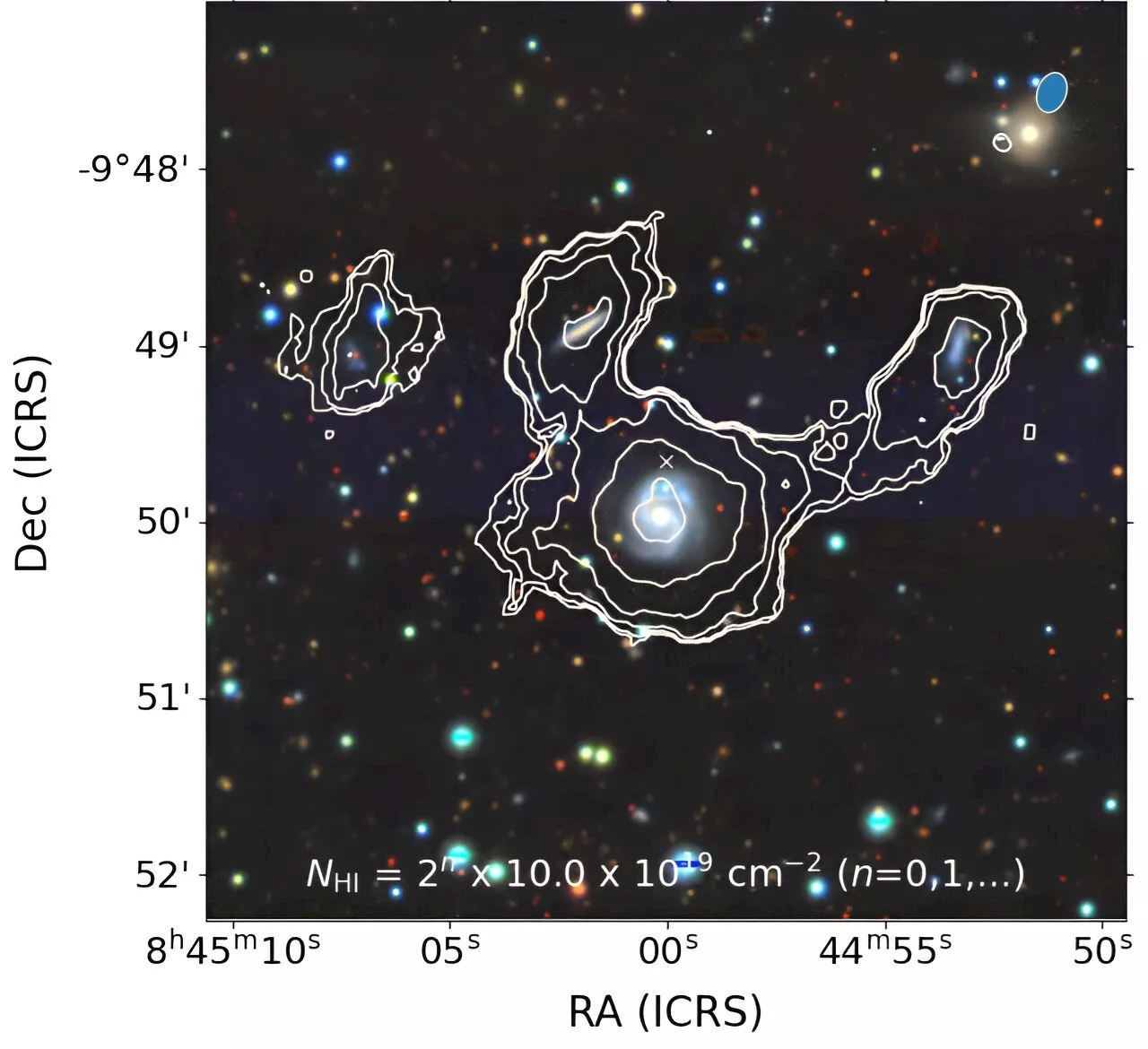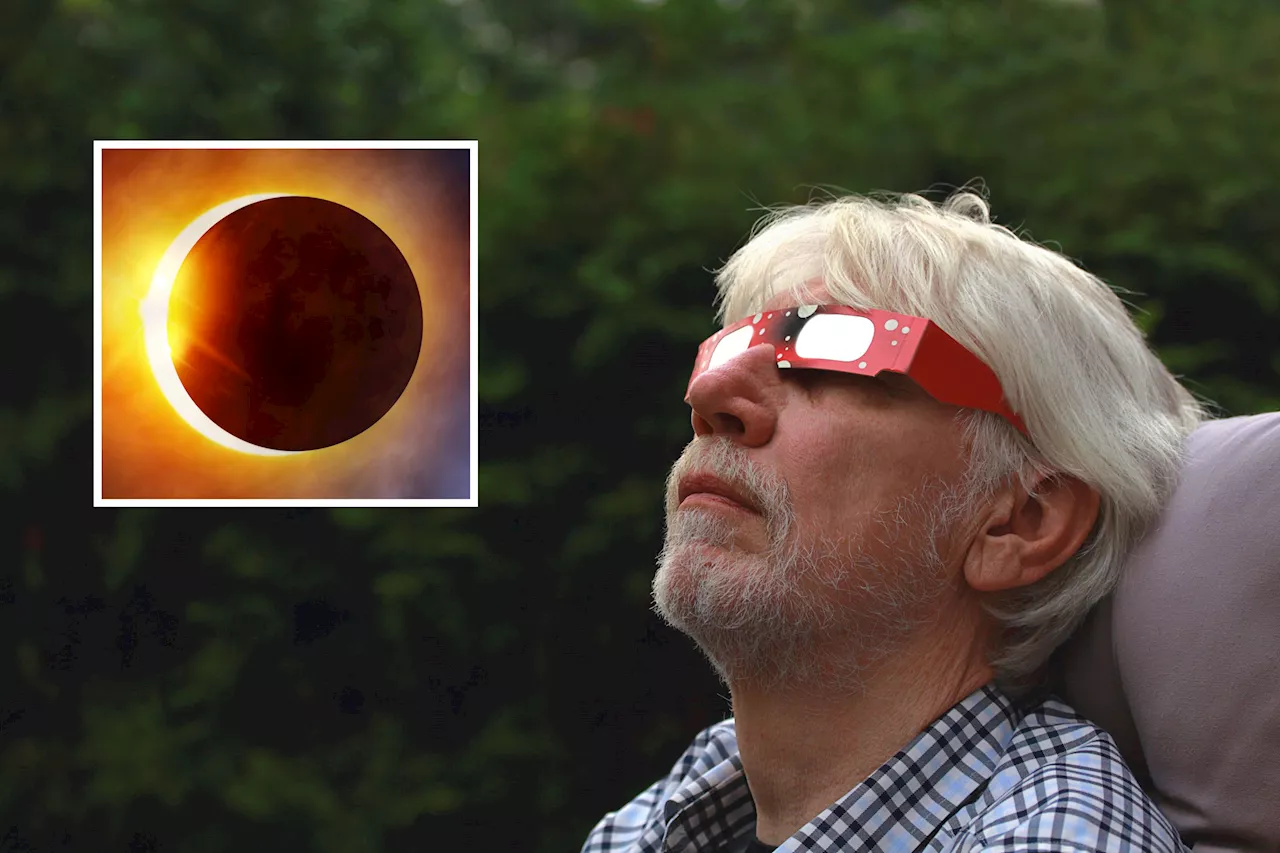Astronomers have concluded that an obscure class of galaxies known as Compact Symmetric Objects, or CSOs, are not young as previously thought but rather lead relatively short lives.
A new investigation into an obscure class of galaxies known as Compact Symmetric Objects, or CSOs, has revealed that these objects are not entirely what they seem. CSOs are active galaxies that host supermassive black holes at their cores. Out of these monstrous black holes spring two jets traveling in opposite directions at nearly the speed of light. But in comparison to other galaxies that boast fierce jets, these jets do not extend out to great distances -- they are much more compact.
In the new studies, the team reviewed literature and past observations of more than 3,000 CSO candidates, verifying 64 as real and identifying an additional 15 CSOs. All these objects had been previously observed by the National Radio Astronomy Observatory's Very Long Baseline Array , funded by the National Science Foundation , and some had been observed by other high-resolution radio telescopes.
"We think that a single star gets ripped apart, and then all that energy is channeled into jets along the axis the black hole is spinning around," Readhead says."The giant black hole starts out invisible to us, and then when it consumes a star, boom! The black hole has fuel, and we can see it." Ultimately, a picture began to emerge of CSOs as an entirely distinct family with jets that die out much sooner than their gigantic brethren, such as those of the extremely powerful Cygnus A, a galaxy that shoots out extremely powerful jets that glow brightly at radio wavelengths. These jets stretch to distances of about 230,000 light-years in each direction and last tens of millions of years. In contrast, the CSO jets extend to about 1,500 light-years at most and die out by about 5,000 years.
By analyzing the varied collection of CSO radio images, the researchers say they can trace how the objects age over time, almost like looking at a photo album of a CSO's life to observe how its jets evolve. The younger CSOs have shorter jets that are closer to the black holes, while the older objects have jets that extend further out from their black hole. Though most of the jets die out, the scientists estimate that one in 100 will go onto to become long-lived like those of Cygnus A.
Indonesia Berita Terbaru, Indonesia Berita utama
Similar News:Anda juga dapat membaca berita serupa dengan ini yang kami kumpulkan dari sumber berita lain.
 Astronomers measure heaviest black hole pair ever foundUsing archival data from the Gemini North telescope, a team of astronomers has measured the heaviest pair of supermassive black holes ever found. The merging of two supermassive black holes is a phenomenon that has long been predicted, though never observed. This massive pair gives clues as to why such an event seems so unlikely in the Universe.
Astronomers measure heaviest black hole pair ever foundUsing archival data from the Gemini North telescope, a team of astronomers has measured the heaviest pair of supermassive black holes ever found. The merging of two supermassive black holes is a phenomenon that has long been predicted, though never observed. This massive pair gives clues as to why such an event seems so unlikely in the Universe.
Baca lebih lajut »
 Sleeping supermassive black holes awakened briefly by shredded starsA new investigation into an obscure class of galaxies known as Compact Symmetric Objects, or CSOs, has revealed that these objects are not entirely what they seem. CSOs are active galaxies that host supermassive black holes at their cores.
Sleeping supermassive black holes awakened briefly by shredded starsA new investigation into an obscure class of galaxies known as Compact Symmetric Objects, or CSOs, has revealed that these objects are not entirely what they seem. CSOs are active galaxies that host supermassive black holes at their cores.
Baca lebih lajut »
 Astronomers discover 49 new galaxies in under three hoursAn international team of astronomers has discovered 49 new gas-rich galaxies using the MeerKAT radio telescope in South Africa. Their research is published in Monthly Notices of the Royal Astronomical Society.
Astronomers discover 49 new galaxies in under three hoursAn international team of astronomers has discovered 49 new gas-rich galaxies using the MeerKAT radio telescope in South Africa. Their research is published in Monthly Notices of the Royal Astronomical Society.
Baca lebih lajut »
 ‘Gold nuggets in night sky’: Astronomers find 49 new galaxies in 3 hrs49 new gold nuggets in our night sky discovered in less than three hours.
‘Gold nuggets in night sky’: Astronomers find 49 new galaxies in 3 hrs49 new gold nuggets in our night sky discovered in less than three hours.
Baca lebih lajut »
 Solar Eclipse Warning From Astronomers on Dangerous ProductsExperts warn consumers buying glasses to watch the upcoming solar eclipse that some may be counterfeits and unsafe for use.
Solar Eclipse Warning From Astronomers on Dangerous ProductsExperts warn consumers buying glasses to watch the upcoming solar eclipse that some may be counterfeits and unsafe for use.
Baca lebih lajut »
 Ancient Structures Wound Together to Form Our Galaxy, Astronomers FindScience and Technology News and Videos
Ancient Structures Wound Together to Form Our Galaxy, Astronomers FindScience and Technology News and Videos
Baca lebih lajut »
